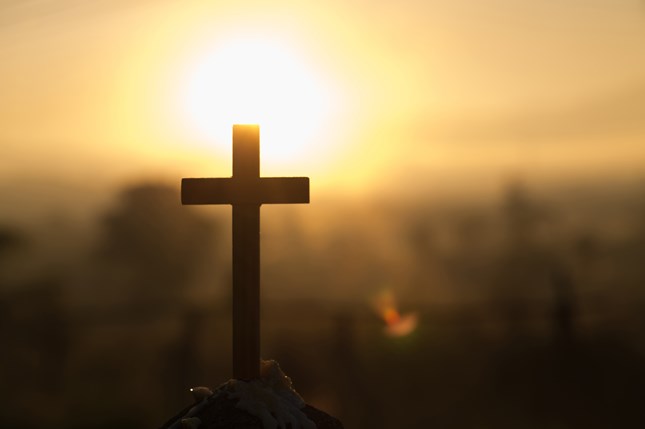Skill Builders
Article
Crossroads to the Cross

When considering planning preaching for the Sundays surrounding Resurrection Sunday, preachers are often befuddled on how to approach again the yearly celebration of Jesus’ work on the Cross.
Charting the steps toward the Cross in the Book of Luke may be one way to create a sermon series that demonstrates the narrative of Jesus’ work on our behalf. Exploring the scenes of crossroads—scenes in the Gospel of Luke where crucial decisions are made—can help listeners appreciate and understand what took place in those historic days before and following the crucifixion.
Below is a suggested series of sermons that explore what I have titled, “Crossroads to the Cross.”
The Crossroads
The Crossroad at the Temple: Luke 19:45-48
The crossroad at the Temple demonstrates the decision Jesus made in terms of his relationship with the Temple—and how people who claim they are followers of God are to recognize God. Here, Jesus turns worlds upside down.
The Crossroad at the Supper: Luke 22:1-6
The crossroad at the supper pictures Judas’ decision to betray Jesus. Here this wayward disciple—influenced by the Evil One—demonstrates his disloyalty to the Son of God. The passage shows that any conspiracy with Satan has deadly consequences.
The Crossroad at the Garden: Luke 22:39-53
The crossroad at the garden shows the struggle Jesus faced as he foresaw his crucifixion while he prayed with his disciples. He prayed that they would resist temptation as he faced the crossroad of the tortures of the Cross, being comforted by an angel.
Then the outcome of Judas’ betrayal faced him as soldiers came to arrest him. Even then Jesus called for peace, resisting the temptation to strike back. Prayer is the weapon to resist Satan and enables believers to have the strength to ward off temptation.
The Crossroad at the Council: Luke 22:66-23:25
The crossroad at the council had Pilate faced with the decision of what to do with Jesus—free him or flog him and lead him to the Cross. Ultimately, Pilate released murderers and murdered Jesus. Here we see that all levels of society refuse to recognize Jesus to be who he is—the Christ.
The Crossroad at the Cross: Luke 23:26-49
The crossroad at the Cross is a depiction of the vertical and horizontal, the two parts of the Cross—at that intersection, Jesus was nailed for the salvation of those he came to redeem. There the two thieves made decisions as to who Jesus is. At that crossroad Jesus made the eternal difference for humanity. We may not fully comprehend it, but Jesus accomplished our salvation at the Cross.
The Crossroad at the Tomb: Luke 23:50-24:12
The crossroad at the tomb shows the public decision that Joseph of Arimathea made by requesting to bury the body of the crucified Savior. This was a bold statement of discipleship. Joseph of Arimathea risked his life, his reputation. Some followers of Christ may risk reputation or even their lives. The women risked that their message about the resurrection of Jesus would be rejected by the other disciples. For, belief that Jesus was raised from the dead was mindboggling.
The Crossroad at Emmaus: Luke 24:13-35
The crossroad at Emmaus provides the encounter of discouraged disciples who, upon Jesus revealing himself to them, made the decision to believe their risen Lord and tell others about his resurrection. Here, Jesus reveals himself as the ever-fulfilling Lord.
The Crossroad at Bethany: Luke 24:36-53
The final crossroad is yet another scene of decision from unbelief to belief. Jesus meets with his fearful followers in Bethany and assures them that everything has been fulfilled—their minds were opened, and they understood. Jesus gives followers the strength to tell others that he is Lord—even when we’re afraid.
Conclusion
We all face crossroads in our lives as followers of Jesus Christ. The facets of decision-making in this series may capture some of the elements that our listeners have encountered or may yet encounter as they live for Christ. The series can be instructive in appreciating the decisions made at the crossroads to the Cross by Jesus and those who followed him then, now, and in the future.
Scott M. Gibson is the Professor of Preaching and holder of the David E. Garland Chair of Preaching at Baylor University/Truett Seminary in Waco, Texas. He also served as the Haddon W. Robinson Professor of Preaching and Ministry at Gordon-Conwell Theological Seminary in South Hamilton, Massachusetts, where he was on faculty for twenty-seven years.











